A popular saying in Crypto
is “if you don’t hold your private key you don’t hold your money.
- What comes in the box
- How to set it up
- How to send and receive coins
- My opinion
Here is a video review i did of the product where i go into detail about how to send and receive money:
https://youtu.be/_UJF3C21gik
With hardware wallets, your private keys are not exposed. With the Trezor wallet the whole safety is that your private key is never given out. They are never online, they are never on your computer, they are never given to you. You don't even know what they are. Those are all places where someone could steal them. It’s dummy-proof for people that want to be secure. Even if someone is trying to steal your money and your computer is infected with a virus looking for private keys, the Trezor is separate from all of that and secure.
Other options of storing
your money are:
- Leave on exchange like Binance or Coinbase - not secure, can be hacked, you don’t have your keys
- Software/Digital Wallet - computer can have virus
- Paper Wallet - slightly complicated for beginners, can be stolen or lost
Let me quickly show you
what comes in the box, and i’ll start with the box itself. First, make sure you
purchase from Trezor or Amazon.
Amazon site
Trezor site
Do not buy from ebay. I will why you shouldn't later.
Make sure that the box is sealed with this sticker on the top.
Amazon site
Do not buy from ebay. I will why you shouldn't later.
Make sure that the box is sealed with this sticker on the top.
The box is well sealed and comes with a tamper-proof sticker sealed at the factory.
Front
Back
This should not be cut. It proves it hasn't been tampered with.
Here's everything that comes in the box.
I was expecting a ton of instructions on how to use the wallet, but it was actually short and to the point.
They tell you everything you need to know and nothing more. Which is good. You aren't bogged down by information.
You get two recovery seed booklets for writing down your words. These should then be kept in in a different place than your Trezor.
Connector cable
Type of plug
The Trezor should be clean
and empty when you get it. Nothing should be loaded on it. I downloaded the Google Chrome Add-On. It made it really easy to use.
The only instructions you need to start are right there on the Trezor when you plug it in... go to trezor.io/start
You then add the software to the Trezor and it tells you when it's done.
Simple design
Next you are given your Recovery Seed words to write down. It gives them to you then makes sure you have written then down correctly.
After that you are all set, ready to visit their site and transfer coins. It took me a few minutes before the Trezor linked to their site and showed up correctly. You will be given your Public Keys that you can use to accept coins. For example below it shows my Public Key for one of my Litecoin accounts. There are multiple keys for each type of coin.
The real trick is that it lets you send coins/tokens without every revealing your Private Key. That key is hidden inside of the Trezor. The Trezor website is great for beginners and easy to use and understand. However for Ethereum and ERC-20 tokens it sends you to MyEtherWallet for making the transactions. I found that it can be a little tricky to understand at first.
EDIT:
The trezor website has been update and a new menu is used for Dashboard, Send, Receive, etc..
All the coins/tokens that the Trezor supports.
Sending and Receiving coins with the Trezor and their menu is rather easy and intuitive to follow. Again the private key is never given. However if you have never used the MyEtherWallet website and menu, it can be a little confusing for sending and receiving Ethereum or any ERC-20 token.
Here are some common questions and answers:
- Q. If Trezor is lost or stolen are my coins gone?
- A. No you can recover them with 24 word recovery seed. Plus they would need your pin as well to get into the device. And can’t brute force pin because it has a built in wait time that gets longer and longer the more times an incorrect pin is entered. You can also add passwords to each account in the Trezor for an additional measure of security.
- Q. What happens if Trezor goes out of business?
- A. Doesn’t matter, because you hold your private keys, you hold your money.
- Q. Is there any way i could be scammed or have my money stolen?
- A. If you buy a Trezor from less reputable places like eBay someone may try to scam you. There were cases of people buying the Ledger wallet and the seller included a fake recovery sheet of paper with words on it. This would have given the seller control of the wallet. When you get your Trezor it should be blank and the words should be given to you through the Trezor itself.
- Q. Which coins are currently supported?
- A. At this moment it is Bitcoin, Ethereum (+ all ERC-20 tokens {which there are a TON of }), Ethereum Classic, ZCash, Litecoin, Namecoin, Dogecoin, Dash and Bitcoin Testnet. A majority of new coins are actually ERC-20 tokens, so the Trezor does support a lot.
- Q. How much does it cost?
- A. Price - $100
- Q. Do i need to have the Trezor plugged in to receive money?
- A. No. Only needs to be plugged in to send money. Your Public Key is given out freely, this can have money sent to at any time. But to send money out, you need it connected to access your Private Key.
- Q. If i hold Bitcoin on it, will i also get the forked coins?
- A. So far they have supported the major forks, not the tiny useless ones. Bcash and Gold = yes. Bitcoin Diamond = no. There's also dozens of other forks that have occurred. Most of these are worthless, cannot be traded, and no wallet will support them.
Here are some other thoughts:
- Should you buy a Trezor if you have less than $100 invested? Yes, for a few reasons. That $100 might turn into a lot more. It's good practice. You might want to add/invest more and the Trezor will continue to provide some of the most secure storage.
- Especially if your strategy is long term storage or if you are giving it as a gift. Think of it as Insurance for your crypto. There's no worse feeling then losing your crypto investment or having it stolen.
- For added security you can use it with the Google Chrome Add-On in an offline mode, not connected to the internet. This makes sure you get familiar with the interface before making any transactions.
- You might be questioning whether to get one, but you won’t regret knowing your investment is safe. Without it, it’s like having your bank account or 401K sitting in your desk drawer where anyone can take it. This way it’s secure and you can sleep soundly.
- You have full control of your cropto, you have your keys (even though private keys are hidden), several security measures which makes it Dummy-Proof. Most of the time when people lose their coins it’s because of User Error, either sending the wrong key, malware on their computer, losing their keys, using a fake website. The Trezor makes it super secure and guides you every step of the way.
- There’s so many stories of people finding wallet files with #### bitcoin on them and people not being able to retrieve them. This is a way to ensure that if you do make a huge profit, you can access your money and cash out.
- You should leave instructions on how to access it in case anything happens to you, or for gift. Obviously keep booklet in another location, with someone you trust.
My Opinion:
I like the Trezor.
Most people are new to cryptocurrency and many just leave their coins on
the exchanges. Thinking, if i try to send them to a wallet or paper
wallet i might screw it up and lose them. The Trezor gives people a safe
and secure way to store coins offline. People like to have it dummy-proof
so that they can’t screw it up themselves. Beyond that all the security
features are good too. So those two things really make this hardware
wallet something good to have. Either for yourself or as a gift for
someone.

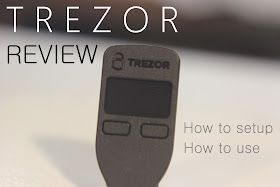
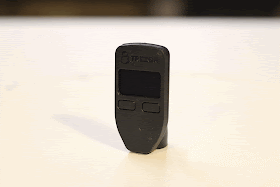
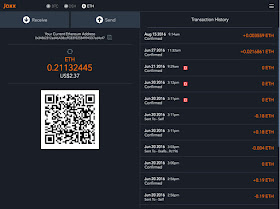
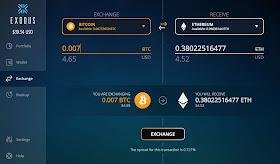
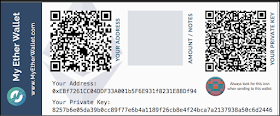

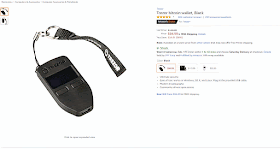
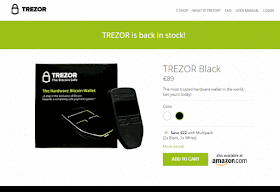
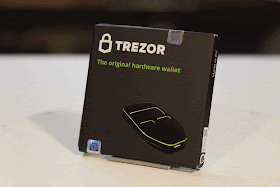
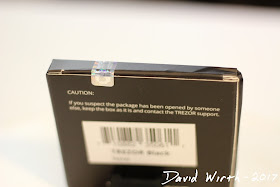
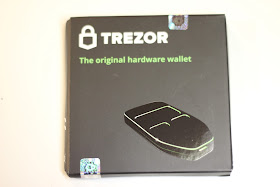
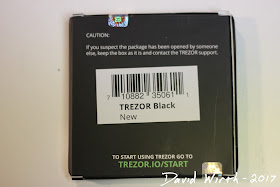
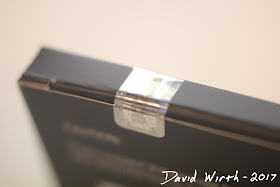
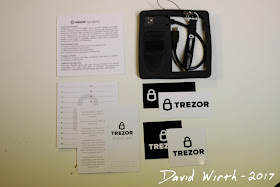
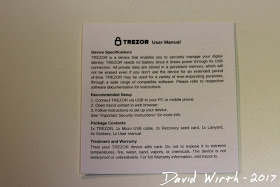
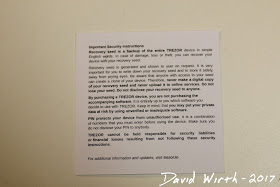
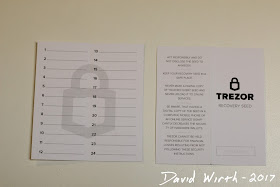
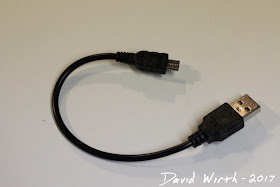
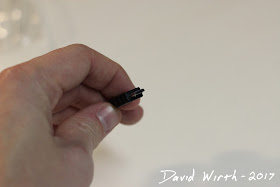
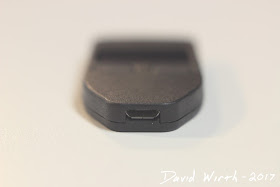
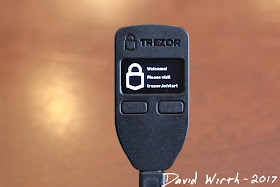
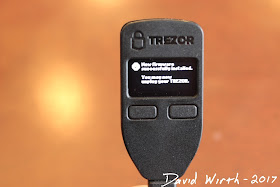
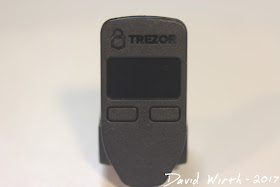
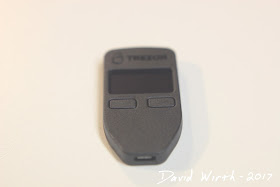
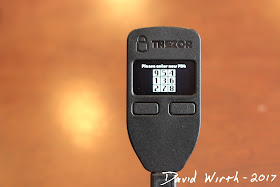


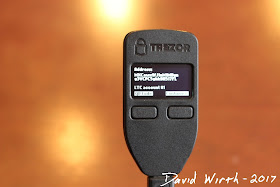
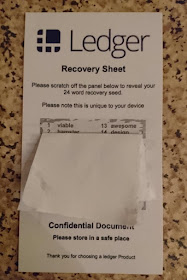
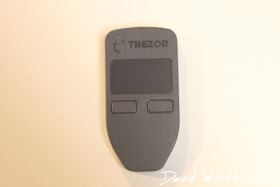
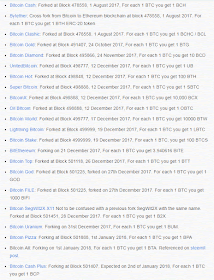

No comments:
Post a Comment